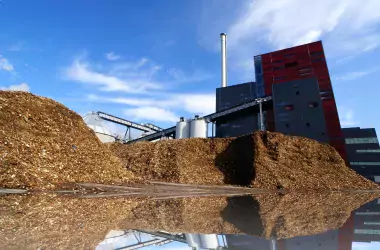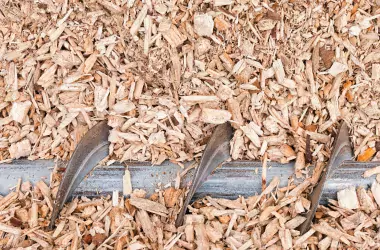Seeking local solutions in our plants

Biomass - a viable alternative?
Biomass has the advantage of being a low carbon and renewable fuel. However, it presents substantial challenges, most notably in ensuring compliance with sustainability criteria. We can look towards our Iberian plants to illustrate these challenges and how we can overcome them through smart engineering and procurement.
The first point of attention is availability. As Spain is the largest producer of olive oil in the world and a major wine producer, there are large volumes of biomass available as olive derivatives and grape seeds. We initially solely intended to use grape seeds. However, their seasonal availability is limited to nine months per year. Adding olive derivatives to the energy mix supports biomass supply all year round.
The second issue is feeding the fuel into the kiln. Since biomass has half the calorific power and half the density of traditional solid fuels, it requires us to quadruple the fuel quantity. By 2022, we will have adapted dosing systems in several plants to handle the extra volumes to allow our kilns to burn higher shares of biomass while being at full production capacity.
Thirdly, burning biomass raises challenges regarding emissions, including NOX. Our teams need to find the appropriate balance between the biomass, fuel mix and adapted flue gas treatment measures.

Possible solutions
Possible solutions for these challenges are the use of co-injection of natural gas to enable running kilns at high or even full capacity while respecting the air and product quality.
Our Southwestern French plants have pioneered the use of locally available biomass such as wood chips, olive cores, grape seed flour, walnut hulls and corncobs. They achieve CO2 reductions of more than 10,000 tons per year, depending on biomass availability and the lime products produced.
The example of our Brazilian plants
We could argue that the trailblazers in implementing this process have been our Brazilian plants. They use large quantities of locally sourced wood residues and coffee shells to cover a substantial portion of their fuel consumption. They make it a priority to stretch the old habits and fuel supplies to further increase biomass use.